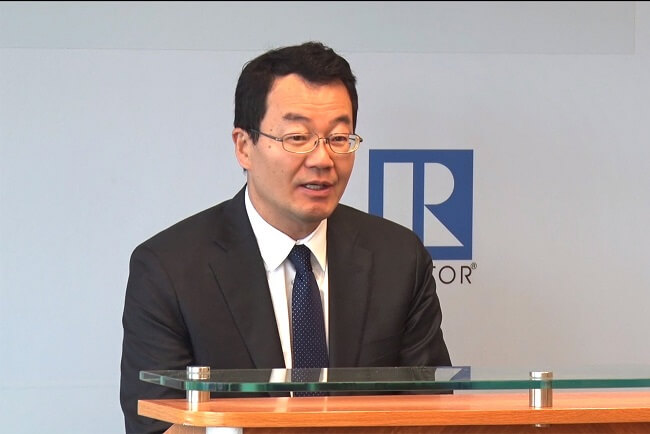Pending home sales took a step backward in January as inventory constraints continue to hold back prospective buyers, according to the National Association of Realtors.
The South was the lone region with a modest gain from the month prior, while the other three major U.S. regions experienced month-over-month decreases in January. However, all four areas saw contract transactions increase from a year-over-year standpoint, including two regions reaching double-digit gains, spurring an all-time high for pending home sales in the month of January.
The Pending Home Sales Index (PHSI), a forward-looking indicator of home sales based on contract signings, dropped 2.8% to 122.8 in January. Year over year, contract signings rose 13.0%. An index of 100 is equal to the level of contract activity in 2001.
“Pending home sales fell in January because there are simply not enough homes to match the demand on the market,” says Lawrence Yun, NAR’s chief economist. “That said, there has been an increase in permits and requests to build new homes.”
There has been a consistent rise in housing permits for single-family homes for eight straight months. According to Yun, this is a good sign that the supply and demand imbalance in the residential real estate market could be easing, as soon as mid-2021.
“There will also be a natural seasonal upswing in inventory in spring and summer after few new listings during the winter months,” he says. “These trends, along with an anticipated ramp-up in home construction will provide for much-needed supply.”
Following a week where January’s existing-home sales increased, Yun notes that pending contracts are a great early indicator for upcoming closed sales, but stressed that the timing of the relationship between existing-home sales and pending home sales may not be in lockstep.
“The two measurements aren’t always perfectly correlated due to varying amounts of time required to close a contract,” Yun says. “This is because a number of fallouts can occur due to a variety of factors, including a buyer not obtaining mortgage financing, a problem with a home inspection, or an appraisal issue.”
The economy is showing promising signs of improvement, according to Yun, especially in light of many millions of Americans already receiving a COVID-19 vaccination. Still, he cautioned that longer-term interest rates will soon rise, partly from the better economic prospects, but also due to rising inflationary expectations and higher budget deficits.
“I don’t foresee mortgage rates jumping to an alarming level, but we should prepare for a rise of at least a decimal point or two,” he says.
Photo: Lawrence Yun











